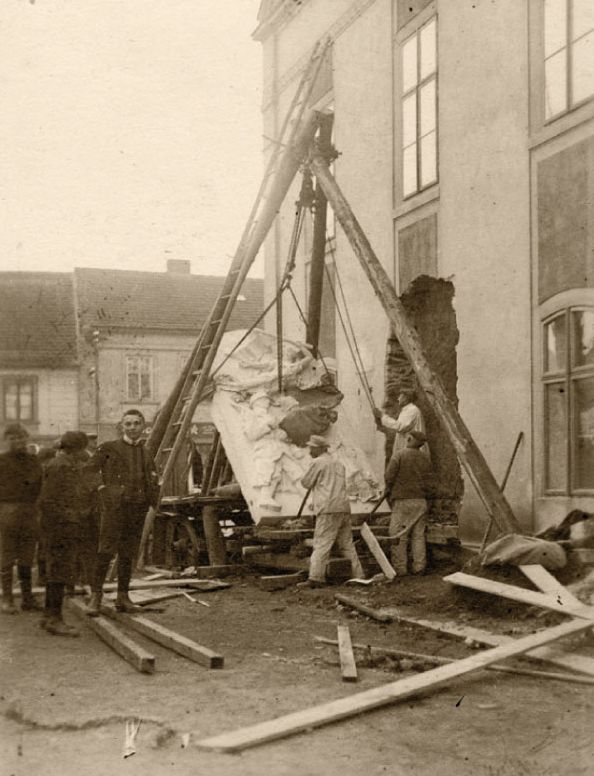Historical tradition of stone sculptors named Pánek

Historical tradition of stone sculptors named Pánek
The stonemason family of Pánek dates back to the 14th century (some sources state the 16 th). However, Jan Šimon Pánek and his son Jan certainly worked at the Church of St. James in the Old Town of Prague at the end of 17 thcentury. They are followed by a continuous lineage of stonemasons and sculptors with the surname of Pánek. This family left their mark on stone beauty churches, houses, fountains, monuments, garden and cemetery architecture in Prague and other places. The Pánek family enriched us with classic stone sculptures, and nowadays also with restored stone buildings and stylistic works. What is really interesting is that from 1720 to 1920 this stonemason family worked on the St. Vitus Cathedral. Later they returned and even the 1990s saw them working there. Before, they worked on the Vladislav Hall, the Theresian Wing and the Romanesque underground, and in the late 1990s it was the Old Palace, the Burgrave’s Office and again the Cathedral. However, we can meet the works of the Pánek family elsewhere in Prague and in the Czech Republic.
In the words by the writer Adolf Branald (written 24 years ago): “… a man named Pánek, who knows the bodies of goddesses, the anatomy of angel wings and the sculpture of giant muscles so intimately that it is enough to lay a hand to introduce themselves: Žehrovice. I am Pánek. And the stone figure immediately knows better – although it probably doesn’t know which one exactly. Warmth, softness, and pulse unmistakably tell the sculpture the same thing as yesterday – and yesterday may be two or three hundred years ago. So far it is to Jan Šimon Pánek, the master of stonemasonry, who renovated St. James’ Church after a great fire in the 17 th century. Between Šimon of 1689 and Bohumil of today, a continuous line of fathers, sons and grandsons put their hands on stone, feel a gentle tremor beneath the surface, are in love with stone, live with stone, and because they do not know greater pleasure under the sun, they pass a feeling, tools and life on to the next one.“

Source: www.ceskestavby.cz
